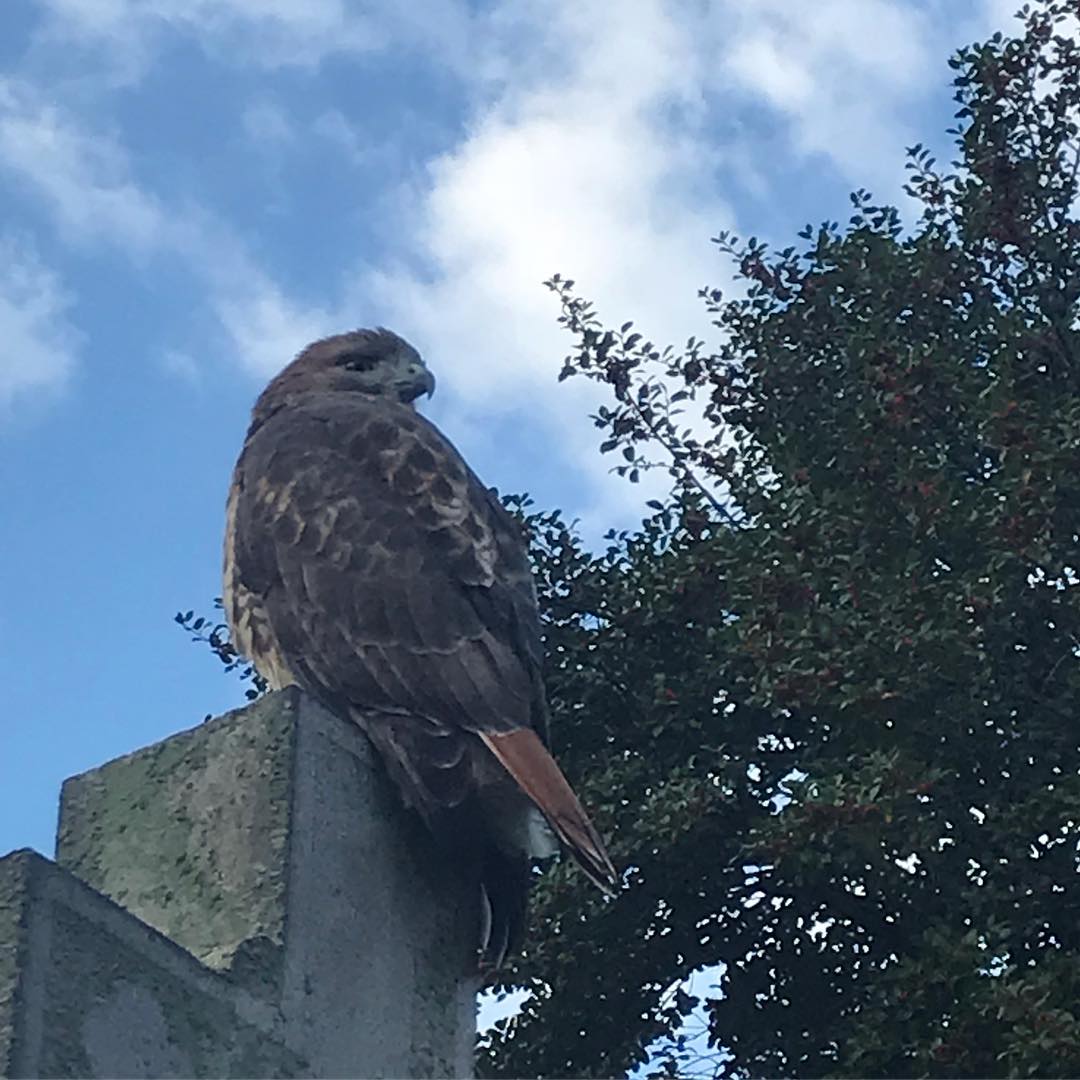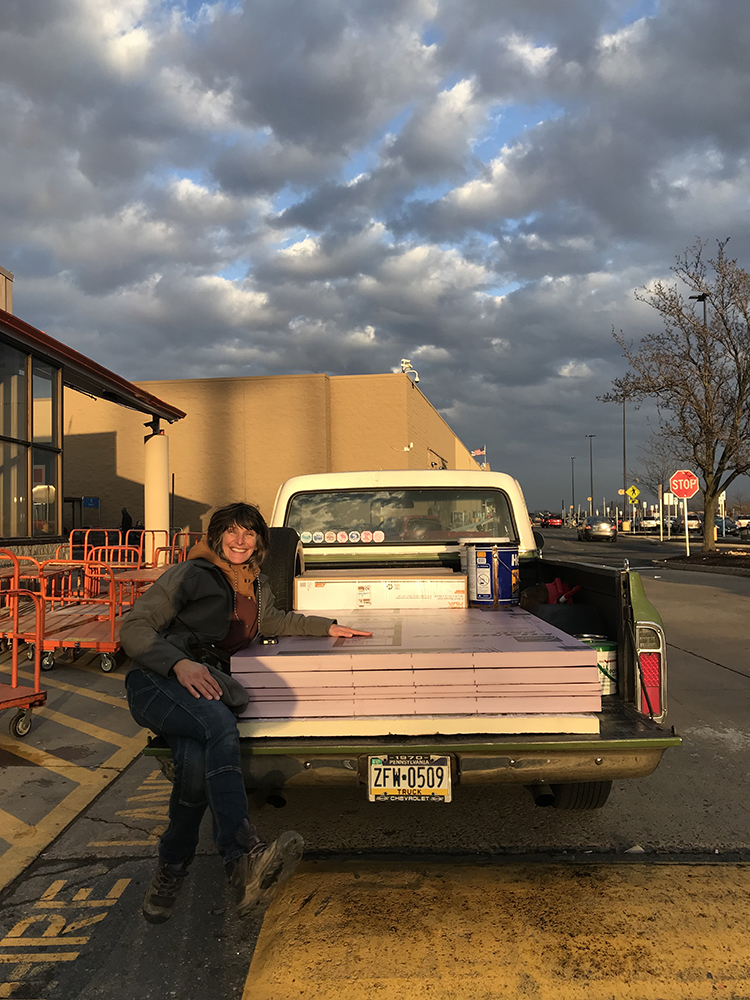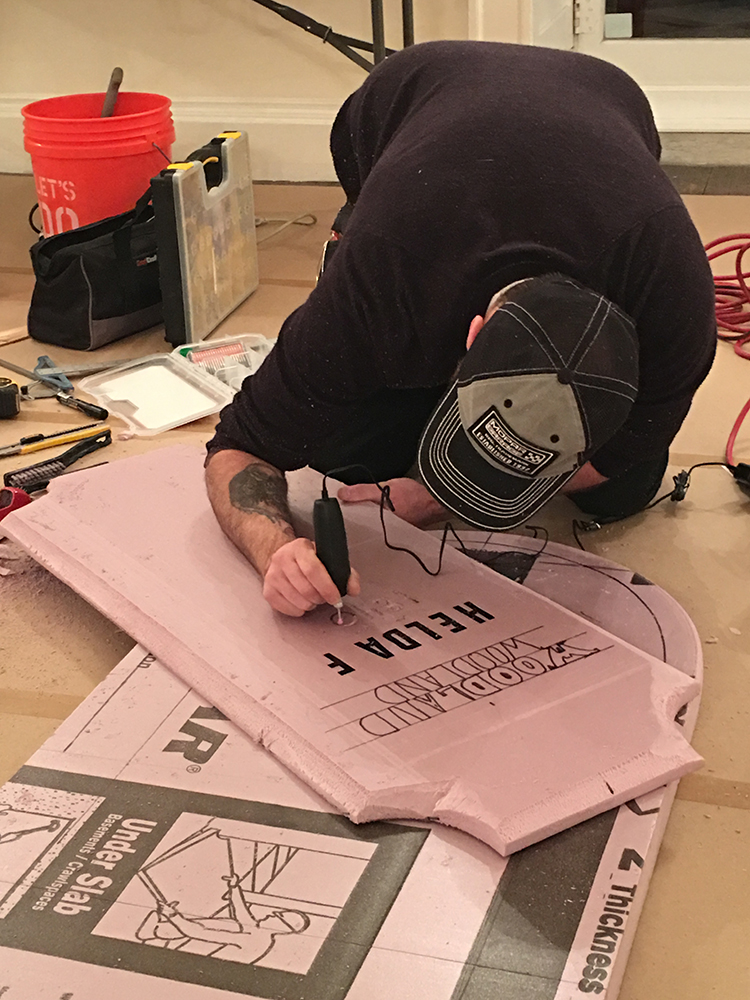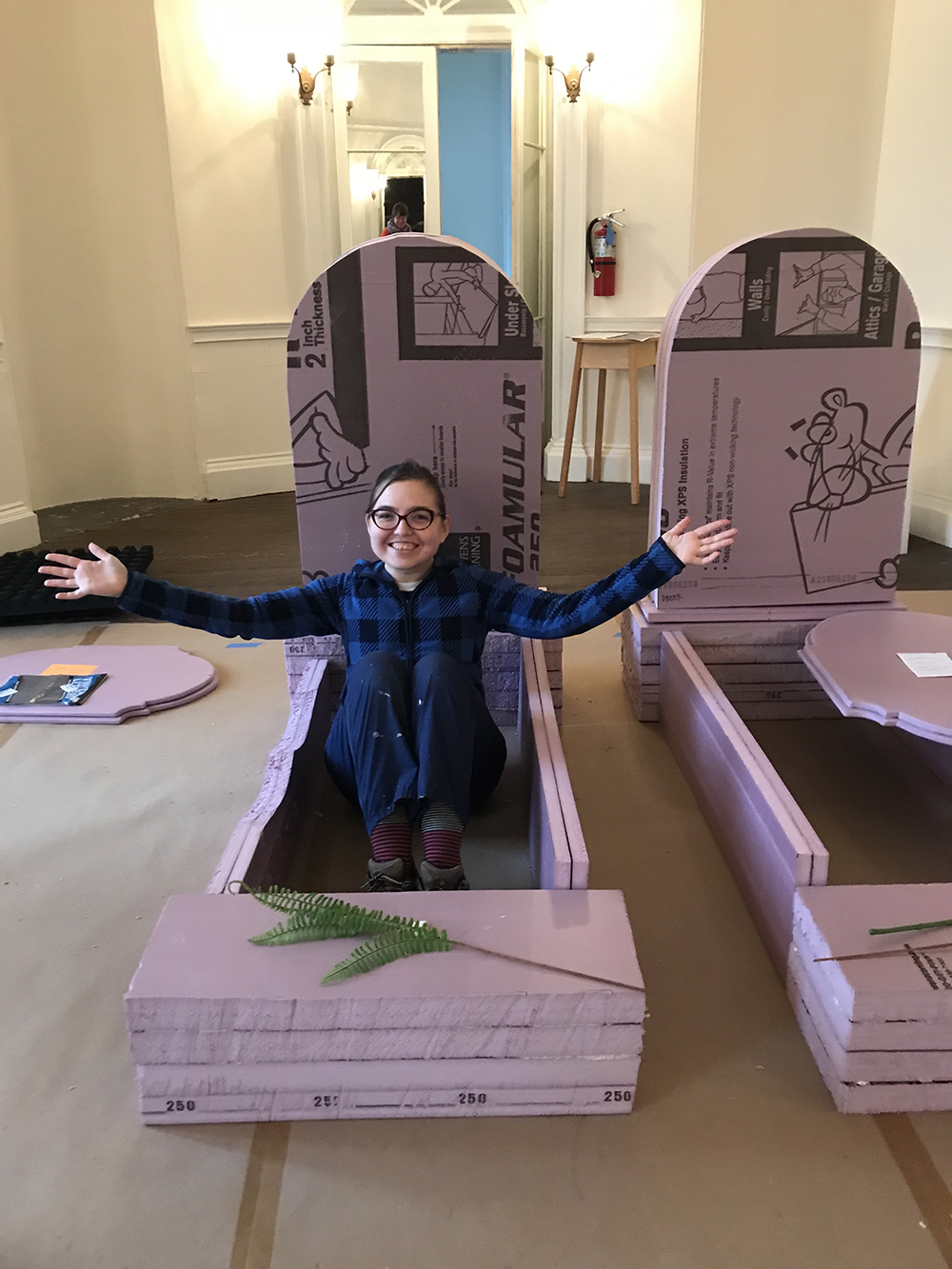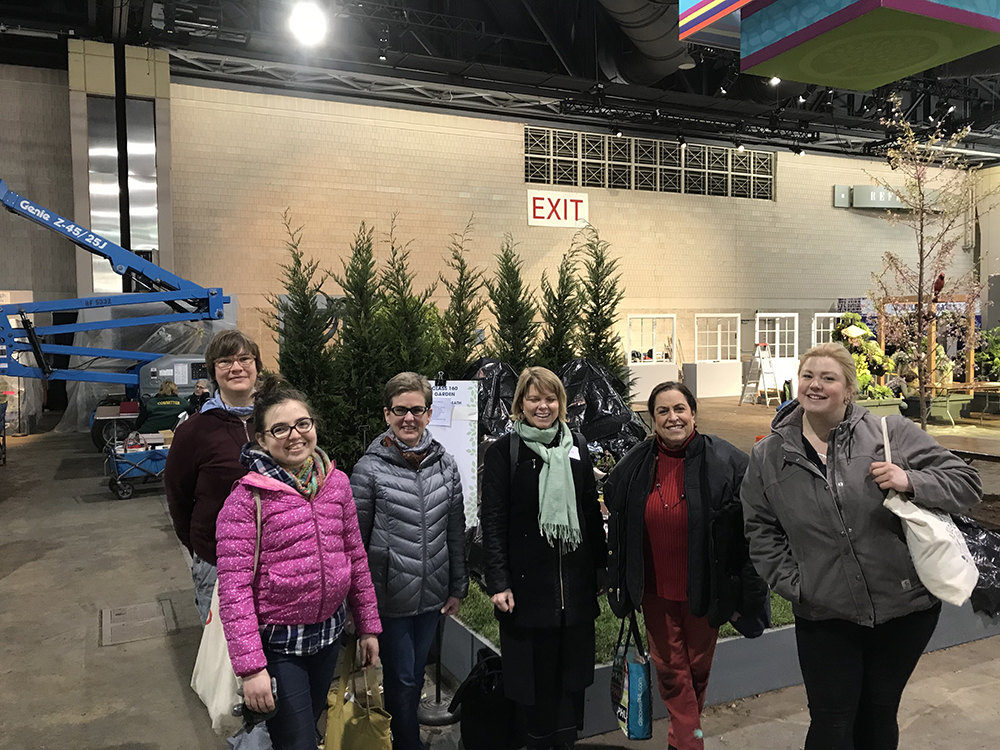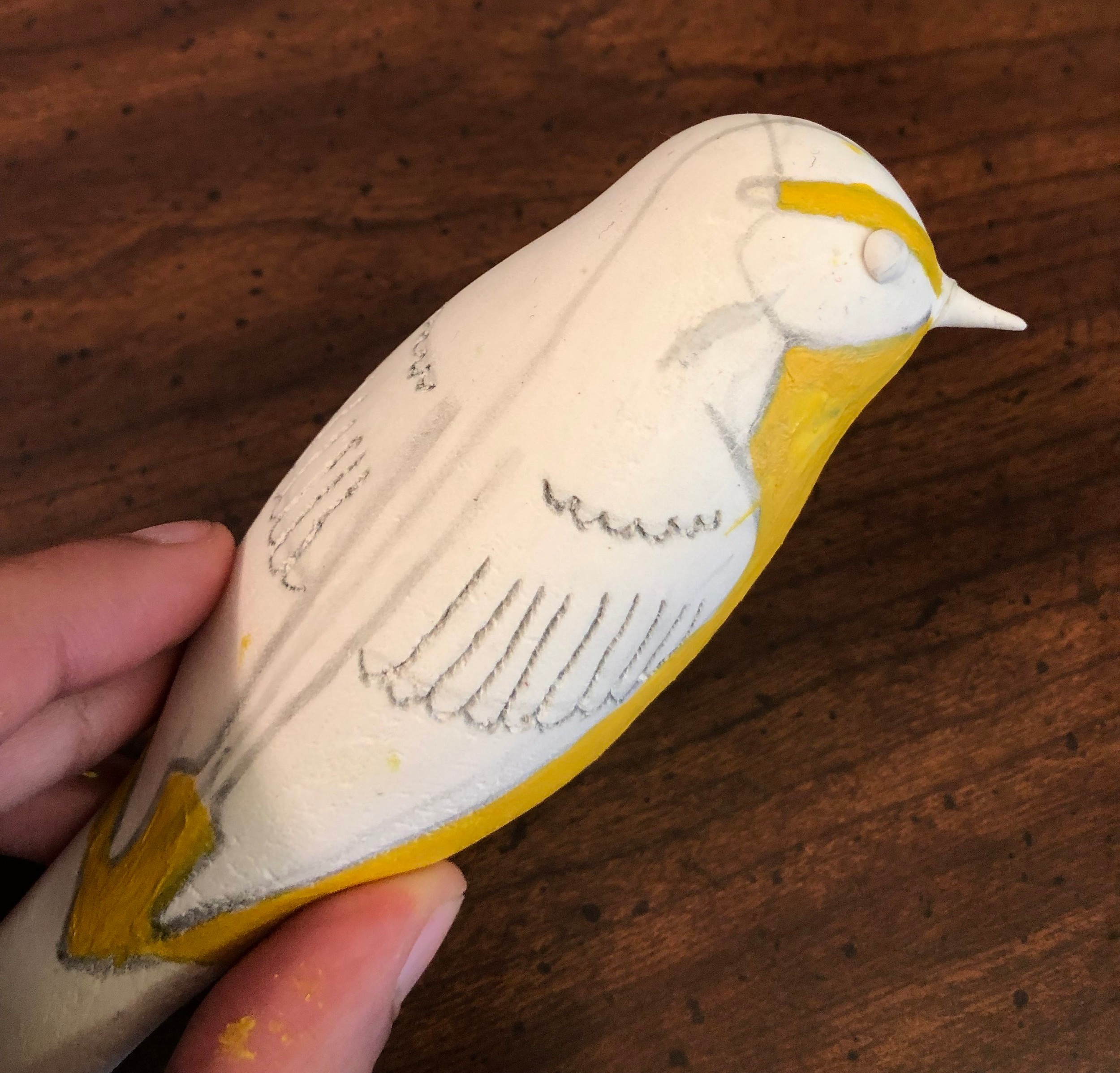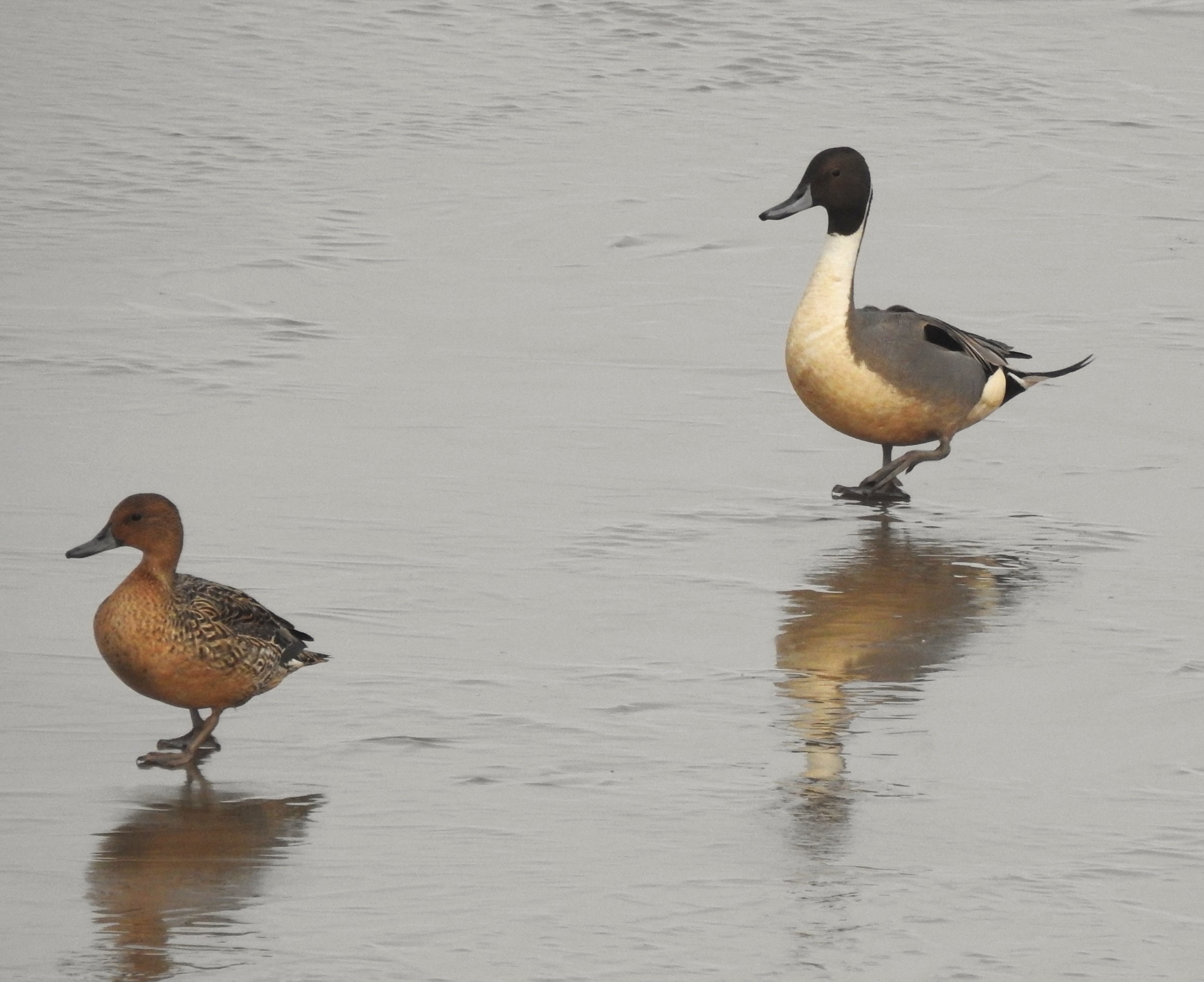Our resident birding expert, Toribird, weighs in on the joys of springtime birding:
Right now is a great time to go birding! Okay, I know I say that in every blog post, but at this time of year there are many things in the birder's favor:
Currently there is a fascinating overlap between the winter birds and the arriving warm weather residents. Many birds have begun to sing to attract a mate or defend territory, and will continue to for a while, so now is a great time to learn their songs, as every species has a unique one. (Or just listen to their serenades for pleasure!) Most trees have not fully leafed out yet, so now is your last chance to see birds without the obstruction of foliage.
Dark-eyed Juncos (Snowbirds) are still around, but will fly back north soon. Picture by Toribird.
This shimmering Tree Swallow is one of the newer arrivals. Picture by Toribird.
As I was birding at The Woodlands on April 11th, I saw a lot of Ruby-crowed Kinglets. The adorable, active, tiny birds are named for a red patch on their head, most obvious when the birds are agitated. Kinglets are a winter bird in Philadelphia, and will head back to their summer homes in a few weeks. Check out The Woodlands and catch them while you can!
Cute Ruby-crowned Kinglet. Picture by Toribird.
Conversely, I have also seen Northern Rough-winged and Tree Swallows, which arrived not too long ago. These insect-eaters need bugs like mosquitos and gnats, which, being cold-blooded, are not around in the winter, causing the birds to migrate. Ospreys are also back, and Chimney Swifts and warblers should not be far behind, along with all the other warm-weather residents!
For more seasonal bird trivia, let's talk about the Barnacle Goose! This is not a recent arrival, nor is it a winter bird that will soon leave. In fact, it is very rare to see one in the area at all! It is a bird that, during the Middle Ages, was enjoyed during Lent, when practicing Christians forgo eating meat. Historically, it was believed that Barnacle Geese “popped out” from seed pods on plants or from barnacles on driftwood. Therefore, many people argued that it should be considered a plant instead of an animal. The practice of eating Barnacles Geese during Lent ended when Pope Innocent III officially declared the geese as birds. If you want to read more about this legend, check out the Canterbury Cathedral website.
A depiction of Barnacle Geese 'sprouting'. Copyright David Badke; http://bestiary.ca.
Finally, to end on an artistic note, I've included a poem that I wrote just a few days ago. I was inspired by the natural springtime beauty that I encountered while going about my daily activities in the heart of Philadelphia.
Nature’s Springtime Bliss in Philadelphia Streets
Look at the cherry tree on your street.
Do you see it’s blossoms, pale and sweet?
The bumblebees come, the bumblebees go,
Pollinating the blooms as they do so.
If the petals have fallen off your tree,
Observe its leaves, a pretty light green.
Beyond the tree, looking way up high,
Lovely clouds float in the light blue sky.
Oh, the warm breeze that flies by you,
It feels so good, so free and true.
Suddenly, you see an Osprey high in the air
Perhaps returning home right then and there.
Dandelions, violets, forsythias bloom,
Threads of color on nature’s loom.
Even invasives are welcome today;
On the starling’s back the sunbeams play.
Hear the robins and cardinals sing,
Hear their lovely melodies ring.
Looking at all this, do you not feel
The joy of a mountain spring, right now, right here?
Written by Toribird
April, 2019






